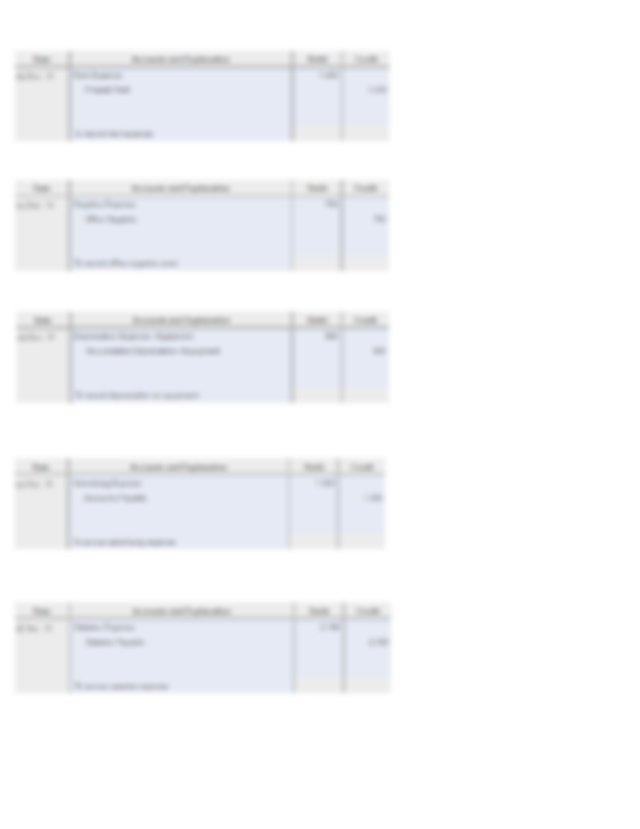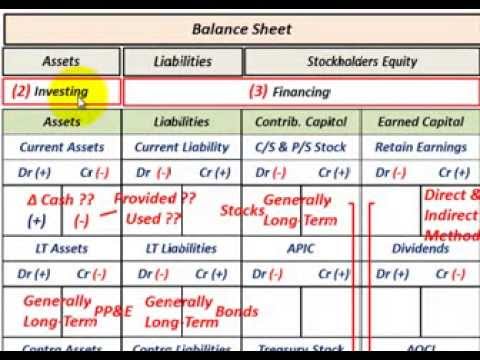
Income taxes are taxes what is days sales outstanding how to calculate and improve dso imposed by governments on income generated by individuals and businesses within their jurisdiction. Direct costs can include parts, labor, materials, and other expenses directly related to production. It is also referred to as the cost of sales if the company is offering services.

Breaking Down Expenses
- Financial analysis of an income statement can reveal that the costs of goods sold are falling, or that sales have been improving, while return on equity is rising.
- Here’s an overview of the information found in an income statement, along with a step-by-step look at the process of preparing one for your organization.
- Learning how to read and understand an income statement can enable you to make more informed decisions about a company, whether it’s your own, your employer, or a potential investment.
- These take minimal time to prepare and don’t differentiate operating versus non-operating costs.
Reducing total operating expenses from total revenue leads to operating income of $109.4 billion ($245.1 billion – $135.7 billion). This figure what are accrued expenses represents the earnings before interest and taxes (EBIT) for Microsoft’s core business activities. By comprehending both income before taxes and tax expenses, you can gain a clear understanding of a company’s financial performance and its tax obligations. Remember to consistently monitor changes in tax regulations, as they may impact your analysis in the future. Net income or net profit, on the other hand, is the bottom line of the income statement that considers all revenues and expenses, including financial, operating, and tax expenses.
How does the profit and loss statement relate to an income statement?
It’s important to note that there are several different types of income statements that are created for different reasons. For example, the year-end statement that is prepared annually for stockholders and potential investors doesn’t do much good for management while they are trying to run the company throughout the year. Thus, interim financial statements are prepared for management to check the status of operations during the year. Management also typically prepares departmental statements that break down revenue and expense numbers by business segment. Unlike the balance sheet, the income statement calculates net income or loss over a range of time.
In response to users’ needs for detailed information, income statements disclose a variety of items. These expenses are listed individually here, but some income statements will bundle these and other similar expenses together into one broad category called “Selling, General & Administrative Expenses” (SG&A). When a business owner makes an income statement for internal use only, they’ll sometimes refer to it as a “profit and loss statement” (or P&L). Here’s how to put one together, how to read one, and why income statements are so important to running your business. All programs require the completion of a brief online enrollment form before payment. If you are new to HBS Online, you will be required to set up an account before enrolling in the program of your choice.
Harvard Business School Online’s Business Insights Blog provides the career insights you need to achieve your goals and gain confidence in your business skills. If you subtract all the outgoings from the money the company received, you are left with $21,350. 11 Financial may only transact business in those states in which it is registered, or qualifies for an exemption or exclusion from registration requirements.
Next, $560.4 million in selling and operating expenses and $293.7 million in general administrative expenses were subtracted. To this, additional gains were added and losses subtracted, including $257.6 million in income tax. The income statement is working capital deficiency an essential financial document that details your company’s income and expenses over a specific period. This document communicates a wealth of information to those reading it—from key executives and stakeholders to investors and employees.
Calculate Operating Expenses
When analyzing an income statement, it’s essential to understand the income before taxes. This figure represents the company’s earnings after expenses, such as production costs and operating expenses, are deducted but before tax expenses are applied. Non-operating Expenses are costs unrelated to a company’s core business operations. They may include interest expense from borrowed funds, one-time expenses such as losses from the sale of assets, and other costs unrelated to the primary business activities of the company.
Understanding income statements is vital because they depict a company’s financial performance over a reporting period. The income statement, also known as the P&L (profit and loss) statement, is one of the crucial financial statements businesses use to evaluate their financial performance. When comparing it to the balance sheet, it’s essential to understand the differences and connections between them.
Income statements should be generated quarterly and annually to provide visibility throughout the year. Primary revenue and expenses offer insights into how well the company’s core business is performing. Secondary revenue and fees, on the other hand, account for the company’s involvement and expertise in managing ad hoc, non-core activities. The other two important financial statements are the balance sheet and cash flow statement. There is a direct link between the income statement and cash flow statement, especially in the operating activities section.